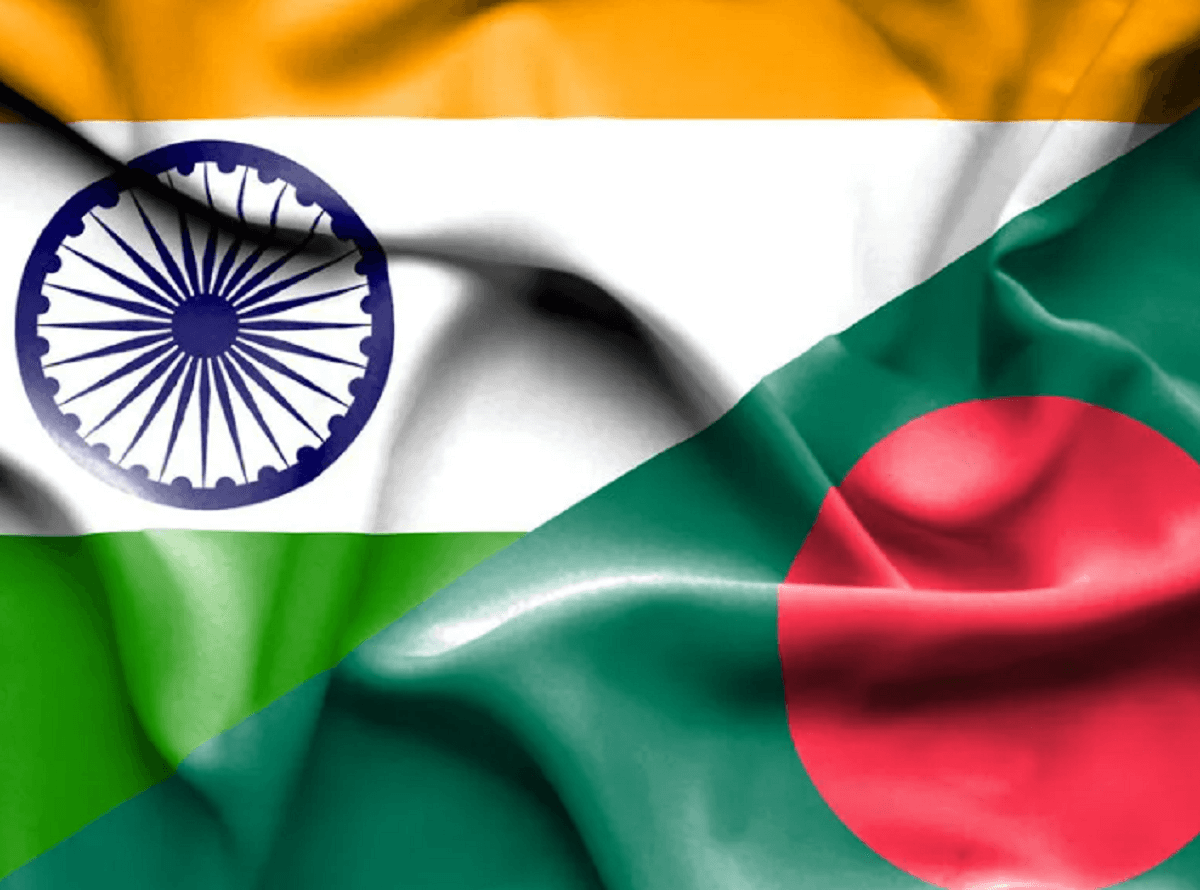India-Bangladesh relations: Riding an Uneasy Phase
Sreeradha Datta | 02 April 2025
History and geography make India and Bangladesh special neighbours. In South Asia, not only do they share the longest land boundary, but India’s contribution to their liberation war and emergence as Bangladesh has been a unique phenomenon unprecedented in recent history. Ironically, history and geography have now become the cause for much consternation and angst on both sides. The contiguous borders have created several bilateral misgivings over illegal cross-border movements of people and goods. India’s Border Security Forces (BSF) have often been accused of killing Bangladeshi civilians during the night-time movement especially.
The birth of Bangladesh disproved the two-nation theory, but the subsequent uneven bilateral ties often led India to question Bangladesh’s gratitude for its support during the Liberation War. This was due to the sudden political shifts that took place in Bangladesh after the assassination of Bangladesh’s first prime minister, Bangabandhu Mujibur Rahman, in 1975. Bilateral ties have since experienced various phases, but the differences between India and Bangladesh have sharpened since August 5, 2024.
To recall, the Awami League-led Sheikh Hasina government that was ushered in December 2008 with an overwhelming majority soon lost its authority after 15 years of rule. Bangladesh witnessed huge infrastructural development and economic growth during the first decade of Hasina’s rule, but disquiet grew over issues over one-sided elections, intolerance of political dissent, growing corruption and various other problems. Not only did her political reputation continue to wane, but many started questioning her legitimacy, especially the youth, comprising many first-time voters who were unable to cast their electoral choices. In much of this, Indian complicity was a foregone conclusion in Bangladeshi opinion.
The situation took a turn in July 2024, with students’ protest growing over job reservations, rising into a nationwide protest to the point where Hasina was forced to leave the country for India — leading to an Interim Government led by noble laureate Muhammad Yunus. While the nation saw an unprecedented show of anger against the erstwhile government, a great degree of fury was directed at the Indian High Commission in Dhaka and the Indian government in general.
Sreeradha Datta, Professor, Jindal School of International Affairs, O.P. Jindal Global University, India & Non-Resident Senior Fellow, ISAS-NUS. Singapore.
This article was originally published on Indias world.
Views in this article are author’s own and do not necessarily reflect CGS policy.
